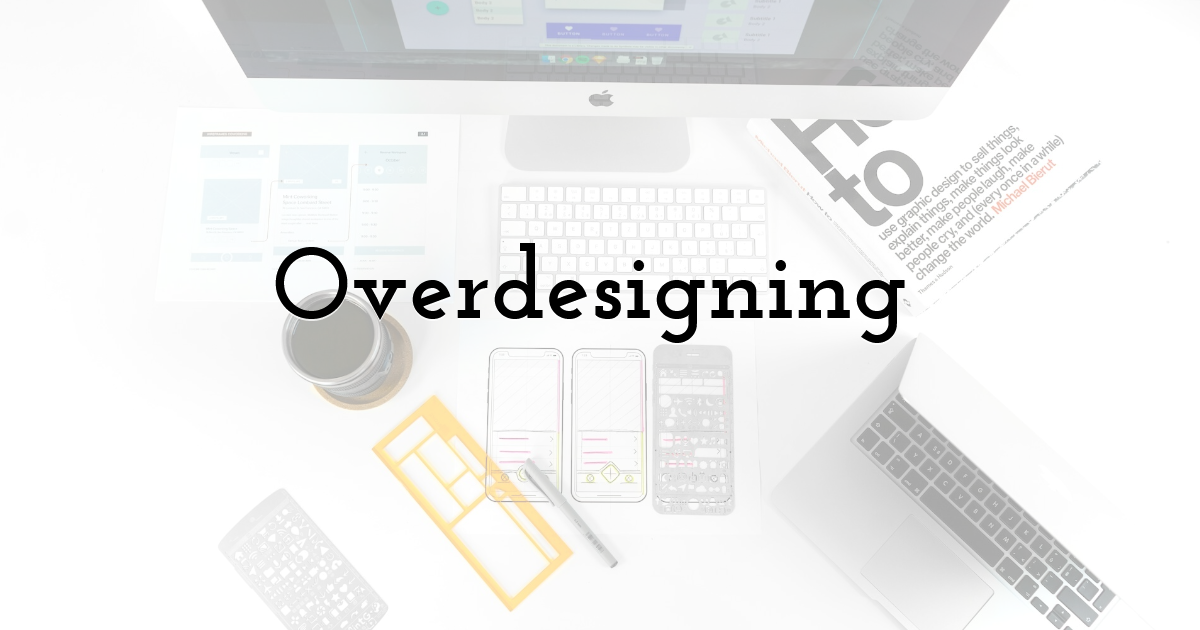Getting Started With Web Design? Avoid These Mistakes

Whether one is growing any type of business or a personal brand, not having a website where visitors can find all the info they need or purchase products limits both visibility and credibility. Not just any website will do either, and that’s where the talents of website designers come in.
Newbies in the field are bound to make mistakes, especially if they go in blind. To that end, avoiding the following most common ones will set you on a path to success.
Slow Loading Times

Your website only has a few seconds to make a positive first impression. The last thing you want is to waste that precious time on loading. Easily accessible high-speed internet has made modern users intolerant towards slow loading, so much so that more than half will go elsewhere if the site takes more than 3 seconds to load.
Assess the site’s loading times and pinpoint any problems through PageSpeed Insights. You can then trim the fat in various ways, either by compressing images and videos, loading them in only once users reach them, or migrating to a more reliable hosting service.
Lack of Mobile Optimization

You might be developing the website for desktop, but the reality is that most users will only ever access it from their smartphones. A responsive, mobile-first design has become a fundamental necessity. It’s right up there with loading times regarding the site’s impact on user satisfaction, not to mention search rankings.
Make sure different layout elements are easily identifiable and accessible via mobile. Use hamburger menus, search bars, and large fonts so devices with small screen real estate can easily navigate the site.
Overdesigning

The internet is now home to over a billion websites, so naturally, you’ll want yours to stand out in some way. Newbie web designers compensate by trying to make the site unique, which backfires more often than not. A website needs to be logically structured and easy for anyone to get around. Brand recognition and a personal touch matter. Still, they shouldn’t trump clean, functional design.
Avoid serif fonts that are gaudy and hard to read, at least in body text. Don’t shy away from whitespace – give individual design elements breathing room and break large text chunks up into more readable segments. Most importantly, design each page with a specific function in mind, complete with prominent CTAs with clear advantages visitors will want to click on and follow.
Neglecting Website Security

While the crux of a website’s security falls on the developer, website design can play an important role. For example, limiting specific form fields like email or phone number to corresponding input types helps protect the site from attacks. Similarly, sufficiently vague error messages will help users address the problem without giving away too much to potential hackers.
One technology advice is to maintain high personal cybersecurity standards, especially when freelancing. That means having strong and unique passwords for all their tools and maintaining regular backups. They’ll also want to ensure secure access to project-related data and any sensitive or confidential files a clients might share.
Such files, along with credentials and personal info, can be compromised if handled improperly or accessed via untrustworthy networks like public Wi-Fi. Web designers who find themselves working through such networks should always use a virtual private network to encrypt the connection and maintain the privacy and security of their online activities.
Not only that, but using a VPN also has other benefits. For example, a USA VPN service would be especially beneficial for web designers who need to access geo-restricted content only available in the United States. Specific tools, libraries, or even multimedia resources may only be accessible to users with a U.S.-based IP address. If you’re considering getting a VPN, VPNoverview’s guide to NordVPN YouTuber codes is a great resource for finding verified discount offers and learning more about NordVPN’s top-tier privacy and performance features.
Treating SEO as an Afterthought

A functional and attractive website can still underdeliver if search engines barely pick up on it. While expanding the blog section and adding other content will eventually help saturate the website with keywords, building a healthy foundation ensures organic traffic can start rolling in far sooner.
Make things easier on search engines by having descriptive, keyword-rich links to various parts of your website. Implement schema markup so search engines can better index the website’s structure and service information. Also, make sure to have plenty of internal links to better distribute page authority and improve the website’s structure while boosting user engagement.
Final Thoughts:
Website design has its quirks, and there will always be trends to chase and new tools to make things easier. Even so, not knowing what they don’t know means new designers will continue to make the kinds of mistakes outlined above. Now that you know what to avoid, you’ll have a much easier time building functional, discoverable, and impactful websites with fewer hiccups and growing pains.
Until next time, Be creative! - Pix'sTory
Recommended posts
-

Web Design Essentials for Scalable Educational Content
Read More › -

Best Colleges with Graphic Design Degrees in the USA
Read More › -

Top 10 Web Development Trends to Expect in 2021
Read More › -

How to Design a Stunning Logo for Your New Brand in Minutes?
Read More › -

Type of Video Content Can Help You Get More Traffic
Read More › -

6 Steps to Successful Branded Content
Read More ›
